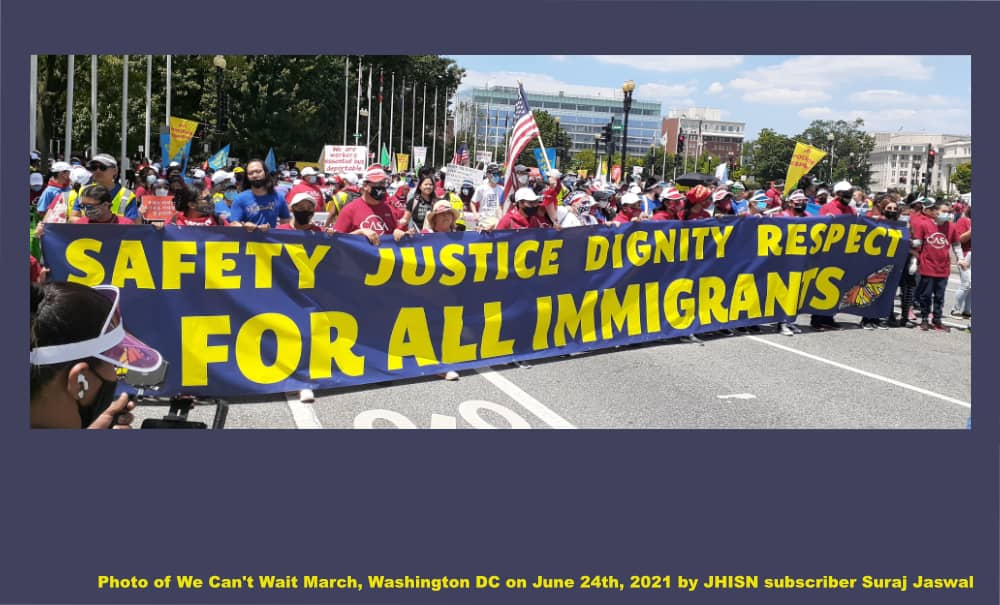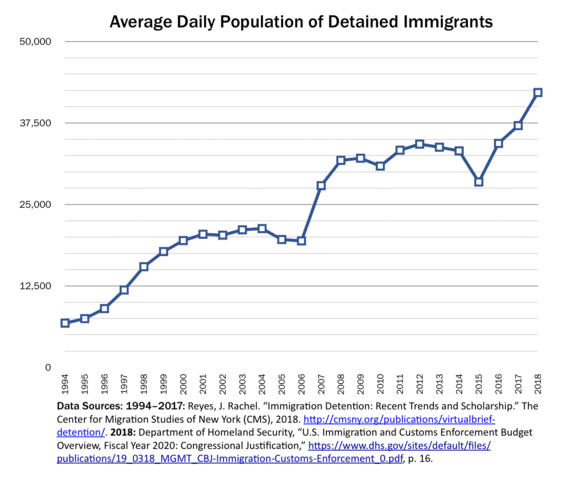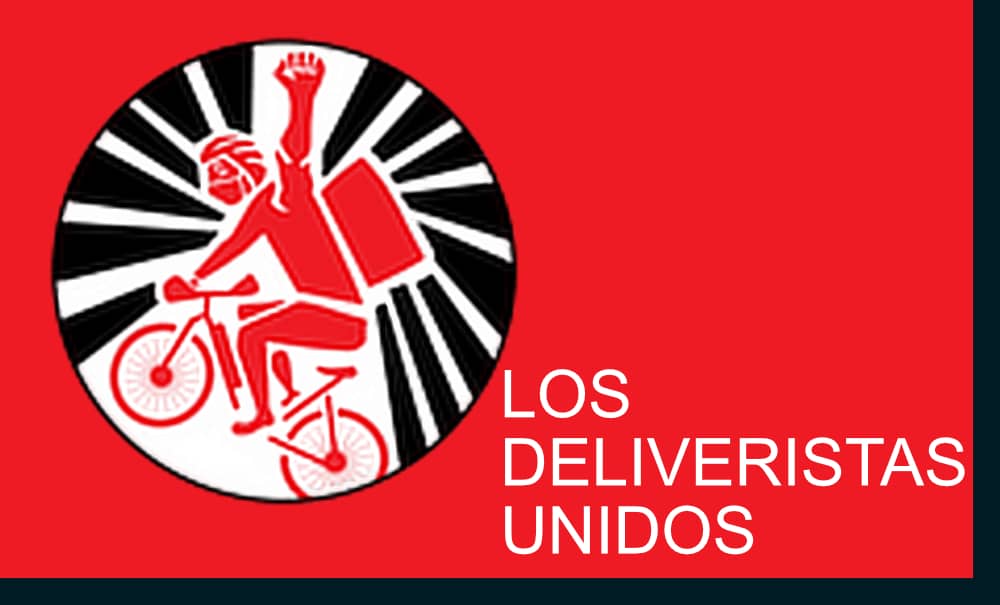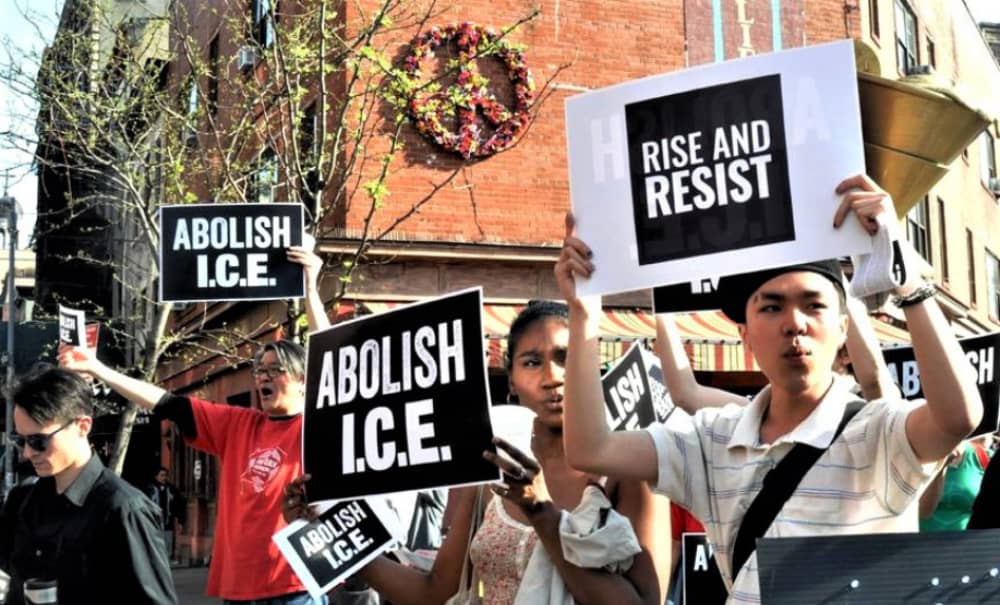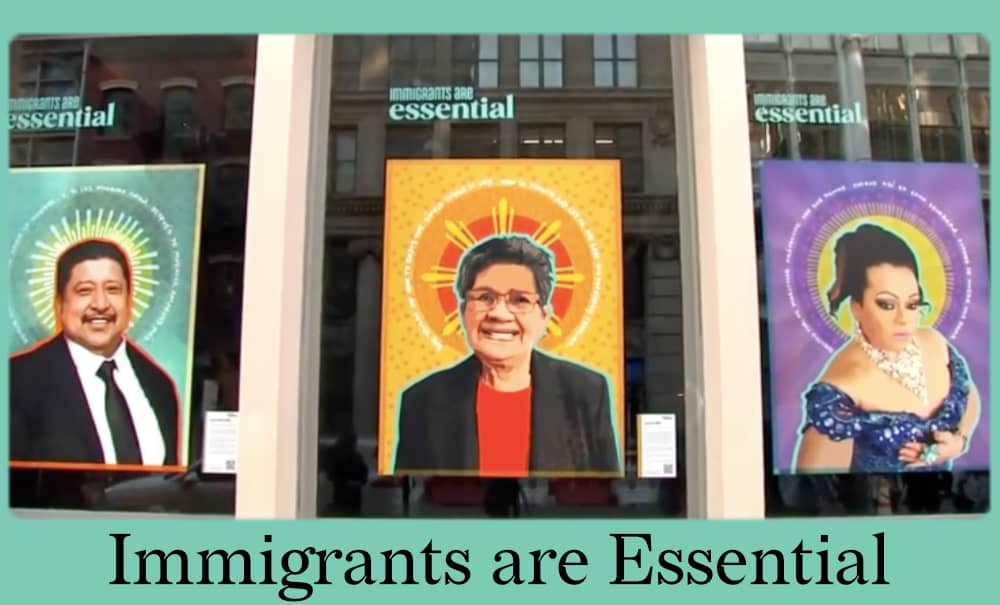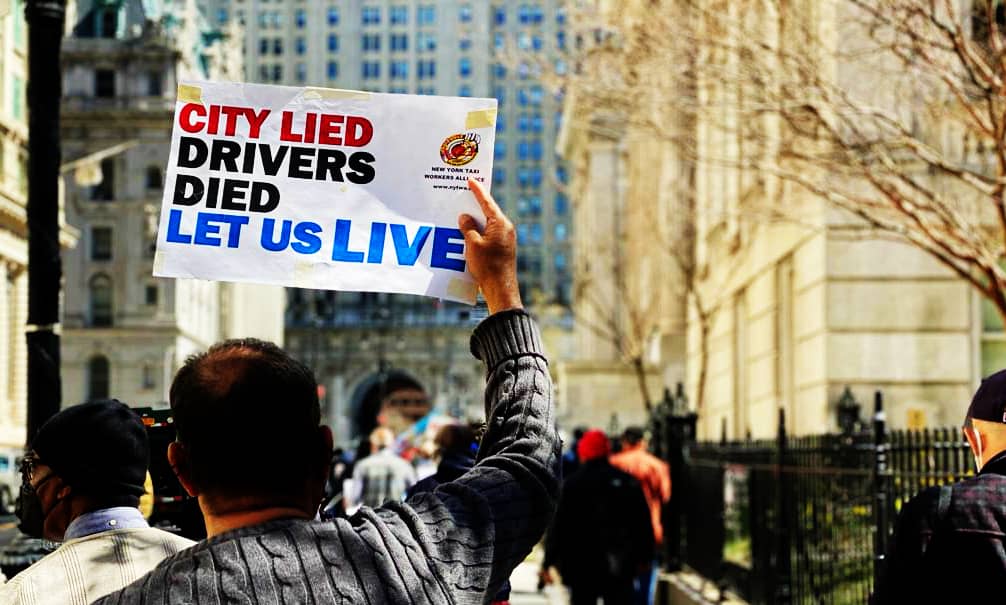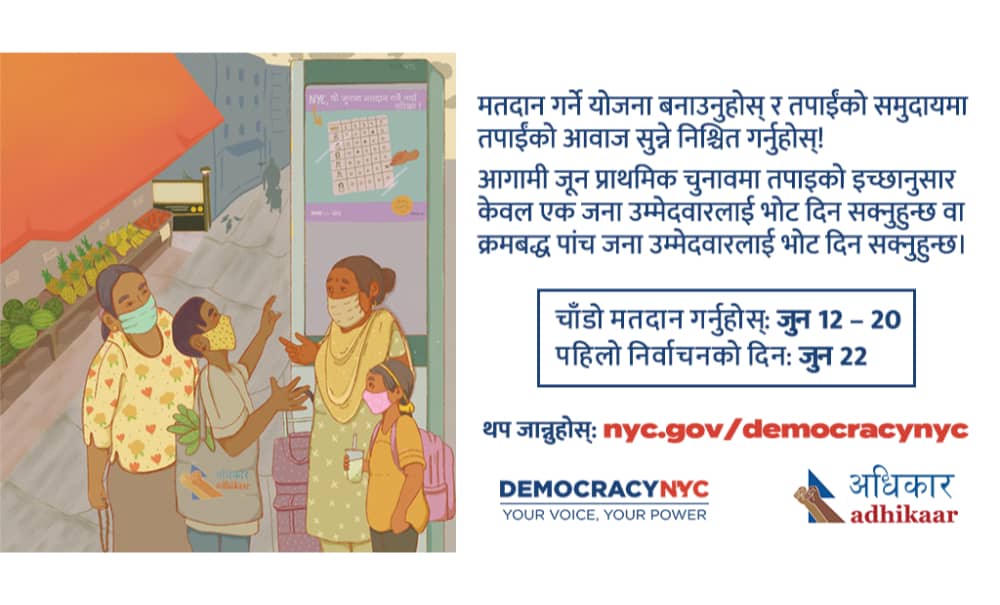
Dear friends,
In this strange time of reunions and reopenings, alongside COVID cases surging unevenly across the US, we invite you to join us in a deep dive into the local. Yesterday, in lower Manhattan’s Foley Square, a coalition of groups raised their collective voices to tell Congress to recognize the essential labor of undocumented immigrants during the pandemic by offering a pathway to citizenship. The July 23 Immigrants Are Essential rally boldly took over the Manhattan Bridge, calling for #FreedomTogether and #WeAreHome. Local efforts can have national impacts.
Our newsletter this week highlights the Woodside-based group Adhikaar: the local struggles of nail salon workers and domestic care workers, as well as Adhikaar’s national push to extend Temporary Protective Status (TPS) for Nepal. We also review the results of the recent New York City Council June primaries and celebrate the increased representation of immigrants, people of color, women, and working-class voices in NYC politics.
Newsletter highlights:
- Local Results of Ranked-Choice Voting Primaries
- Queens-based Adhikaar Fights for Nepali-speaking Community
1. Ranked-Choice Primary Will Transform City Council
“My campaign included folks in the voting process who were never spoken to before – and we did it in multiple languages, with a platform and policies that center the experiences of immigrants and working-class people…” — Felicia Singh, primary winner in District 32
June 22 was “just” a primary, but in our heavily Democratic city the winners of Democratic primaries often determine the winners in November. The 2021 primary was the first to use ranked-choice voting. This voting method promises to produce more winners who are women and people of color. And it certainly did in our city.
The 2021 Democratic primary marks a significant break from the past, and the 2022 City Council will be a better reflection of the city’s population. There will be more women than men, more people of color, more foreign-born New Yorkers, an openly gay Black woman (Crystal Hudson), the first Muslim woman on the Council (Shahana Hanif), two Korean American women (Julia Won and Linda Lee), and more progressive members overall. “The next City Council will give voice to the Black, brown, immigrant and low-income New Yorkers who make our city run,” said Sochie Nnaemeka of the Working Families Party.
Although 942,000 New Yorkers voted in the Democratic primary, areas that were heavily impacted by Covid-19 (like Corona and some Bronx areas) had lower turnouts than in prior races.
The 21 in ’21 campaign worked to increase the number of women on the Council. They ran 37 women and 19 won. With a total of 29 women on the Council, there may be more attention to issues like maternal mortality, childcare, domestic worker rights, and reproductive rights. In Queens, the number of women of color poised to win Council seats in November has quadrupled.
Queens has 15 Council seats and 12 will probably be filled by a woman and/or a person of color, including 9 women of color. Two of the Queens seats will go to LBGTQ women: Tiffany Cabán in District 22 and Lynn Schulman in District 29. In the three districts in our immediate neighborhood, the results are:
| District 25 (Jackson Heights, Elmhurst) |
53.4% Shekar Krishan |
46.6% Yi Chen |
| District 26 (Sunnyside, Woodside, and Long Island City) |
56.7% Julie Won |
43.3% Amit Bragga |
| District 21 (East Elmhurst, Elmhurst, Corona) |
51.8% Francisco Moya |
18.3% Ingrid Gomez |
Although South Asians are 30% of all Asians in NYC, they have never been represented in the Council before. So, another significant break with the past is the inclusion of two South Asians: Shekar Krishnan in Queens District 25 (53.4%) and Shahana Hanif in Brooklyn District 39 (57%). If Felicia Singh in Queens District 32 (52.5%) prevails over her strong Republican opponent in November, she will be the third South Asian on the Council.
Among the progressives, we can count the 13 candidates supported by Make the Road New York who won their District primaries:
- Six in Brooklyn: Lincoln Restler (District 33), Crystal Hudson (District 35), Sandy Nurse (District 37), Alexa Avilés (District 38), Rita Joseph (District 40), Mercedes Narcisse (District 46)
- Three in the Bronx: Marjorie Velázquez (District 13), Althea Stevens (District 16), Amanda Farías (District 18)
- Two in Queens: Tiffany Cabán (District 22), Shekar Krishnan (District 25)
- One in a Brooklyn/Queens mixed district: Jennifer Gutierrez (District 34)
- One in Manhattan: Carmen De La Rosa (District 10)
The Democratic Socialists of America endorsed 6 candidates and will win 2 seats: Tiffany Cabán in Queens District 22, and Alexa Avilés in Brooklyn District 38. Jaslin Kaur in Queens District 23 made a strong showing with 45.5% but lost to Linda Lee’s 54.5%.
“This is a long time coming and we have, for years and years —decades, even—desperately needed representation that is actually reflective of the people in our borough…” —Tiffany Cabán, District 22 Democratic primary winner
WHAT CAN WE DO?
- Make sure you are registered, remember to vote in November, and encourage your friends to vote too!
2. Adhikaar Fighting for Justice on Multiple Fronts
On an early summer night in June, Adhikaar literally lit up Union Square with a collaborative art piece/projection, educating citizen-immigrants about ranked-choice voting. In July, Adhikaar participated in a roundtable discussion on immigrant rights at the White House with Vice President Kamala Harris. As a women-led community and worker organization based in Woodside, Queens, Adhikaar in 2021 is pursuing a robust agenda for mobilizing political power and securing social and economic justice for the Nepali-speaking community.
In February, with an eye on the upcoming NYC primaries, Adhikaar and coalition partners introduced the NYC Care Campaign, urging all mayoral and City Council candidates to adopt it as a platform. The Campaign aims to transform the city’s care economy into an equitable and sustainable labor sector, including health insurance and benefits for over 200,000 care and domestic workers—predominantly immigrant women of color. On International Domestic Workers Day, Adhikaar members rallied in front of City Hall demanding that Speaker Corey Johnson bring the Human Rights Law for Domestic Workers (Int339) to a vote in the City Council, where it has majority support. The Law would, for the first time, legally protect domestic workers from human rights violations in their workplace.
Nail salon workers may not be seen by everyone as care workers but, as Adhikaar points out in their recent newsletter, “many of our nail salon members, part of the immigrant women workforce who offer this pampering and care to others, are not able to care for themselves due to exploitative working conditions. With the pandemic ongoing, the routine health and safety violations that already exposed workers to carcinogenic chemicals, have become even more harrowing.” Adhikaar is a leader of the NY Healthy Nail Salon Coalition, fighting for passage of the Nail Salon Accountability Act in the state legislature. With 29% of NYC nail salon workers reporting COVID-19 infections, and with wage theft and over 50% of workers experiencing health problems after starting work in a nail salon, Adhikaar is committed to making visible the struggles of this largely invisible immigrant women workforce.
Finally, this week Adhikaar launched a public campaign calling for the redesignation of Temporary Protective Status (TPS) for Nepalis living in the US. TPS is granted to immigrants who—often for reasons of natural disaster or political violence—are unable to return safely to their country of origin. And TPS is now a precarious legal status for tens of thousands of Nepali immigrants, many of whom live in central Queens. Adhikaar’s petition to the director of Homeland Security highlights the dangerous conditions in Nepal for returning migrants: infrastructural damage from the massive 2015 earthquake and catastrophic flooding in 2017; and human rights abuses targeting women, Dalit minorities, children, and other vulnerable populations.
A recent survey conducted by Adhikaar and partner groups reveals that 81.5% of current Nepali TPS holders fear for their own or their family’s physical safety if they are forced to return to Nepal.
WHAT CAN WE DO?
- Sign and circulate Adhikaar’s petition to redesignate Temporary Protective Status (TPS) for Nepal.
- Support the #PassInt339 campaign to protect NYC domestic workers from human rights abuses in the workplace.
- If you can afford to, please donate to the NY Healthy Nail Salons Coalition, co-organized by Adhikaar.
In solidarity and with collective care,
Jackson Heights Immigrant Solidarity Network (JHISN)
Follow @JHSolidarity on Facebook and Twitter and share this newsletter with friends, families, neighbors, networks, and colleagues so they can subscribe and receive news from JHISN.
